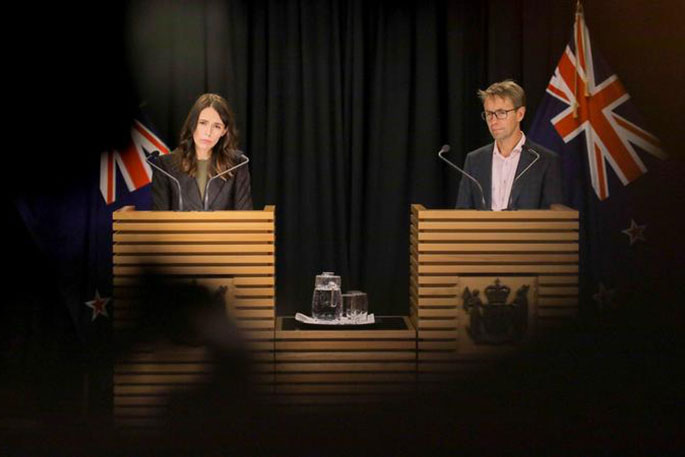Talk of returning the country to a "new normal" has been welcomed with cautious optimism, but those who are eagerly awaiting a change warn the devil is in the detail.
On Tuesday, Prime Minister Jacinda Ardern signalled Cabinet would look at moving to alert level 1 next Monday, two weeks sooner than expected.
It will be uncharted waters for this country, which has never been in alert level 1 since the alert level system was introduced.
Announcing the new four-tier system on March 21, Ardern announced that the country was at alert level 2.
Ardern says she will provide more information on what level 1 would look like later this week.
Until then, the rules are a bit uncertain. According to the Ministry of Health's COVID website, at level 1 the disease is considered contained in New Zealand.
While it may be uncontrolled overseas, transmission in New Zealand is limited to isolated household transmission.
Border restrictions, regular testing and self isolation remain, but there are no restrictions on gatherings or domestic transport. Physical distancing is encouraged and contacts must still be tracked.
 Jacinda Ardern and David Bloomfield discuss the government's new alert system. Photo: RNZ / Dom Thomas
Jacinda Ardern and David Bloomfield discuss the government's new alert system. Photo: RNZ / Dom Thomas
Tourism Industry Aotearoa chief executive Chris Roberts says the alert levels are pulled together in a very short space of time and while a good job was done given the time pressure officials were under, it might be a good opportunity to look at what was appropriate under each level.
He's hopeful that earlier guidance banning gatherings of more than 500 people would be changed when the government specified what level 1 would look like.
"That would be quite restrictive still on a whole lot of events, from sporting events to music concerts and just general gatherings of people - all of which are features of tourism. So, we'd be looking for some guidance and hopefully some leniency on the size of gatherings that are allowed.
"For tourism, the borders remain closed and that means until they open we are limited to domestic tourism only."
Roberts says he will also like to see the restrictions around transport lifted, so planes and buses could operate with greater capacity.
Restaurant Association president Mike Egan says restaurants are having to turn people away because capacity is limited to 100 people at level 2.
A move to level 1 would be extremely welcome, especially in an industry with very narrow profit margins, he says.
"Everything's back to normal. No social distancing, we can put our tables back into our restaurants, we don't have to limit to 100. And we don't have to keep a register, but people that are feeling unwell should seek medical advice, which should happen all the time, anyway if people are feeling unwell. As far as I can understand it's back to how it was."
Timeline of changes to New Zealand's COVID-19 alert levels.
March 21 - The prime minister introduced the Alert Levels Framework and announced that New Zealand was currently at alert level 2
March 23 - Announcement that New Zealand would move immediately to alert level 3, and move to level 4 at 11:59pm on March 25 for an initial period of four weeks (up to 22 April), with a review prior to this date to decide whether and when to move to alert level 3
April 20 - Announcement that alert level 4 would be extended slightly, then move from level 4 to level 3 at 11:59pm on Monday, April 27, for at least two weeks, at which time the level would be reviewed
May 11 - The prime minister announced a graduated move to level 2, commencing at 11.59pm on May 13
May 21 - Some level 2 restrictions on hospitality businesses were loosened from this date, and a further loosening of social gatherings limits occurred again on May 28.
June 2 - undertaking to consider on 8 June whether and when to move to alert Level 1



0 comments
Leave a Comment
You must be logged in to make a comment.